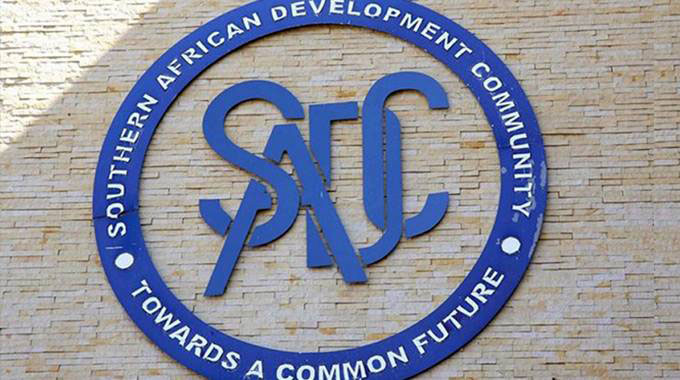SADC banks’ lending volumes evolve

Tapiwanashe Mangwiro
Senior Business Reporter
The European Investment Bank (EIB) says southern African banks’ lending volumes have evolved differently during the Covid-19 pandemic with loans continuing to expand in various countries albeit at a slow pace.
Banks responded to calls of supporting local economies despite the challenging operating environment which has been worsened by the outbreak of the Covid-19 pandemic.
In its Finance in Africa 2021 report, EIB revealed that in some other countries, deteriorating economic conditions have held back growth, at least in real terms.
“In Zambia, for example, loans to the private sector increased by 8,5 percent, compared to annual inflation of 16 percent, while inflation also trumped loan growth in Zimbabwe,” EIB said.
In Zimbabwe inflation currently stands at 54, 49 percent.
Regarding the evolution of private equity investment across Africa, one important caveat is warranted as there are relatively few deals each year, regional market shares can be dominated by outliers and there are large fluctuations from year to year.
“The Southern and East African market is more fragmented than other regions but also has the largest number of countries that consistently contribute to investment activity.
The largest market is Kenya, which has received half of private investment in the region since 2008.
Mauritius is the next largest market with a 12 percent market share, followed by Zimbabwe at 6 percent, again since 2008,” the Bank said.
“The economic outlook (in SADC countries) remains highly uncertain which weighs on the prospects of repayment and hampers lending. If recovery prospects strengthen, however, banks may relax standards and expand lending to avoid missing out on lucrative future business.”
Banks’ baseline scenario is an increase in credit demand, according to EIB.
Of the Southern African banks that completed the EIB Banking in Africa survey, 2021, around half expect to be able to relax credit standards to meet this increased demand, but a similar proportion reported planning further tightening.
Banks in Southern Africa remained in relatively good financial shape, partly because of their high capitalisation before the pandemic, according to the EIB.
This came to be because banks entered the Covid-19 crisis relatively well capitalised and with relatively good profitability and asset quality, based on standard indicators.
“This helped the banks to withstand lower profitability during 2020. Several country-specific developments and policy measures further mitigated the impact of the crisis on capital ratios,” EIB said.
The investment bank noted that, at the same time, central banks in the region continued to strengthen the regulatory and supervisory framework and to enhance the efficiency of monetary policy.
Reforms to strengthen the resolution framework for financial institutions and to introduce a deposit insurance scheme are currently being discussed in the South African parliament, although implementation will not be immediate.
“In Zambia, rules concerning the foreign currency interbank market were changed with the aim of reducing depreciation, while Zimbabwe introduced various measures to align the official and black-market exchange rates,” the Bank said.











Comments